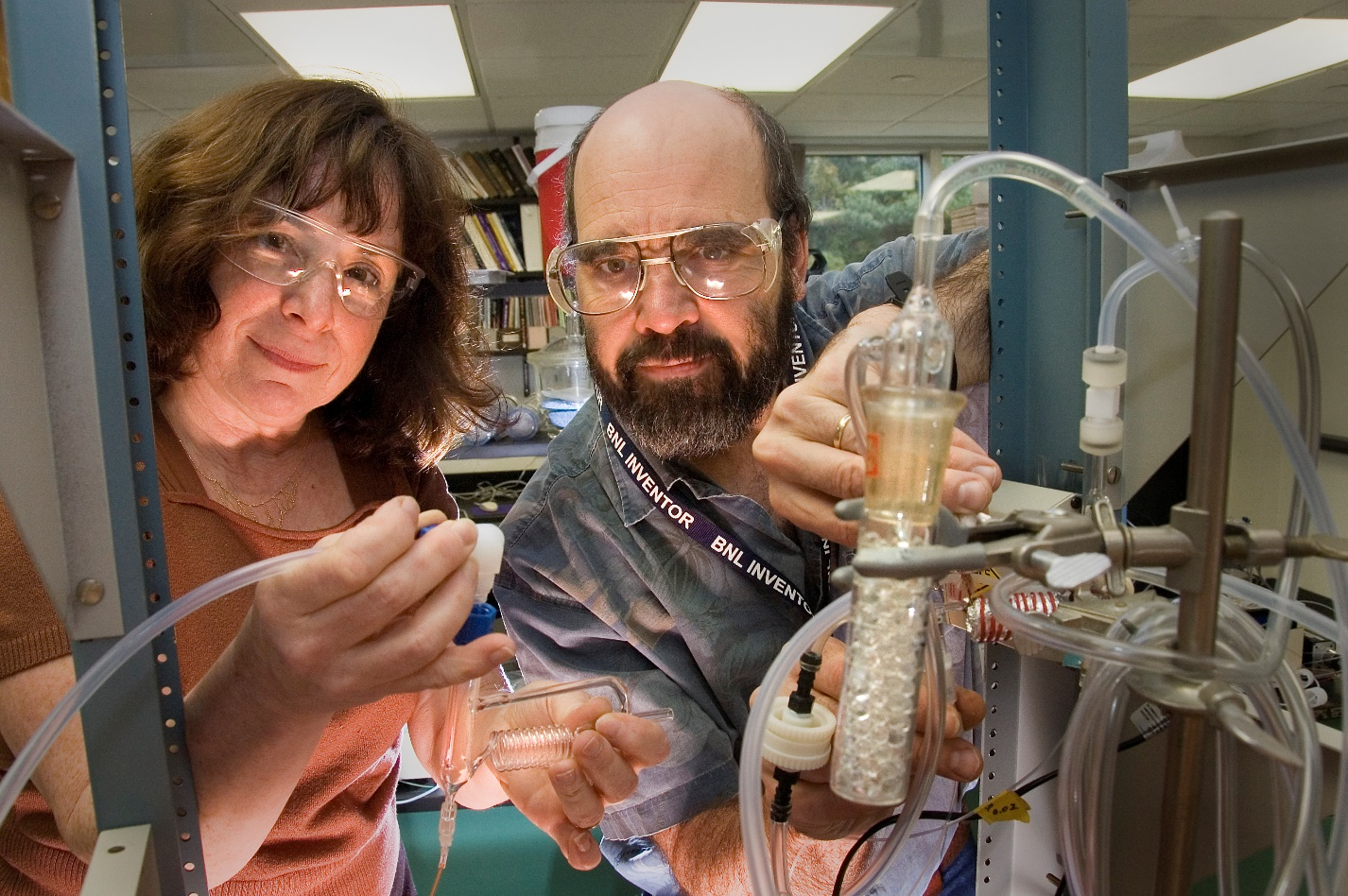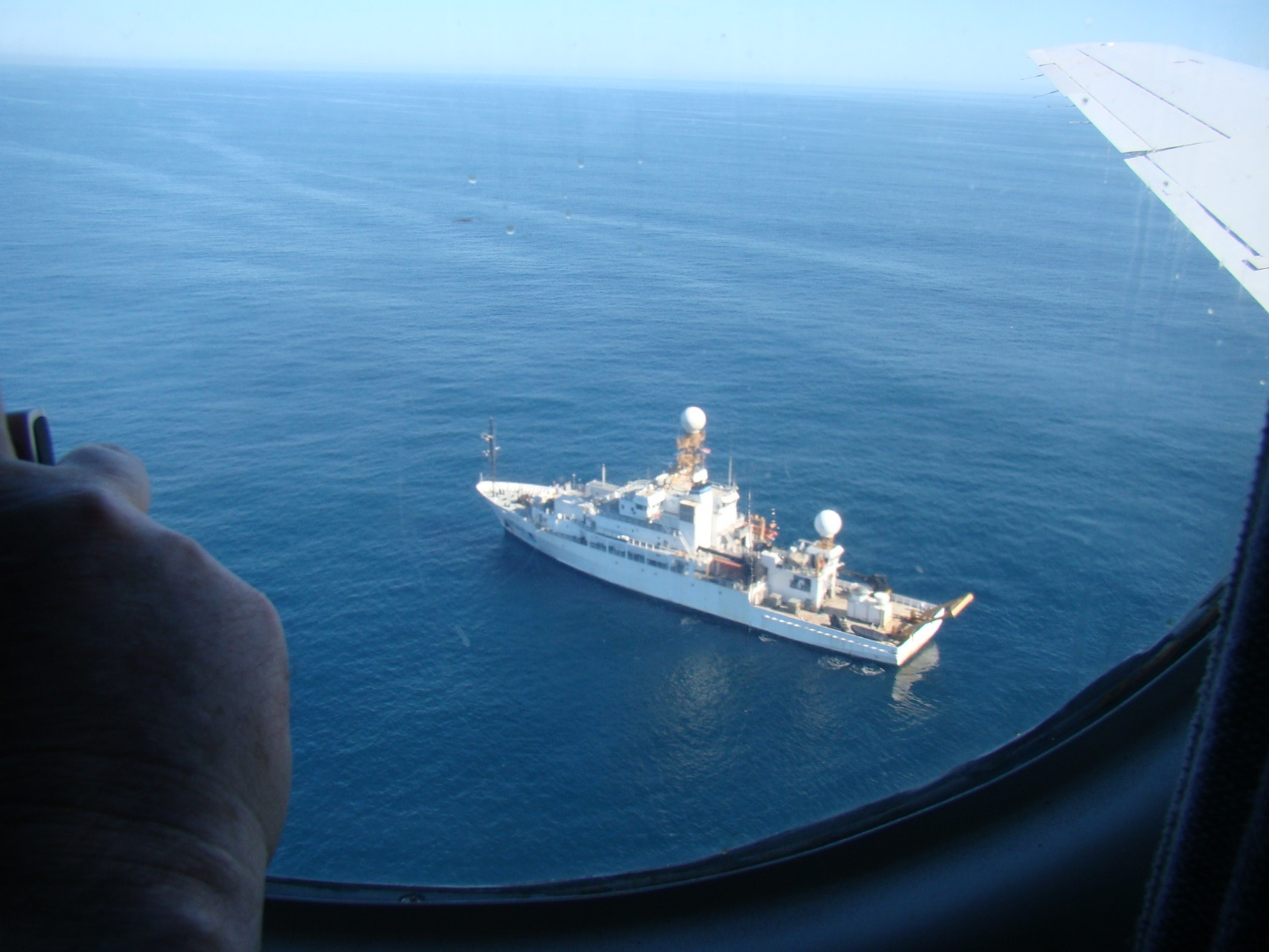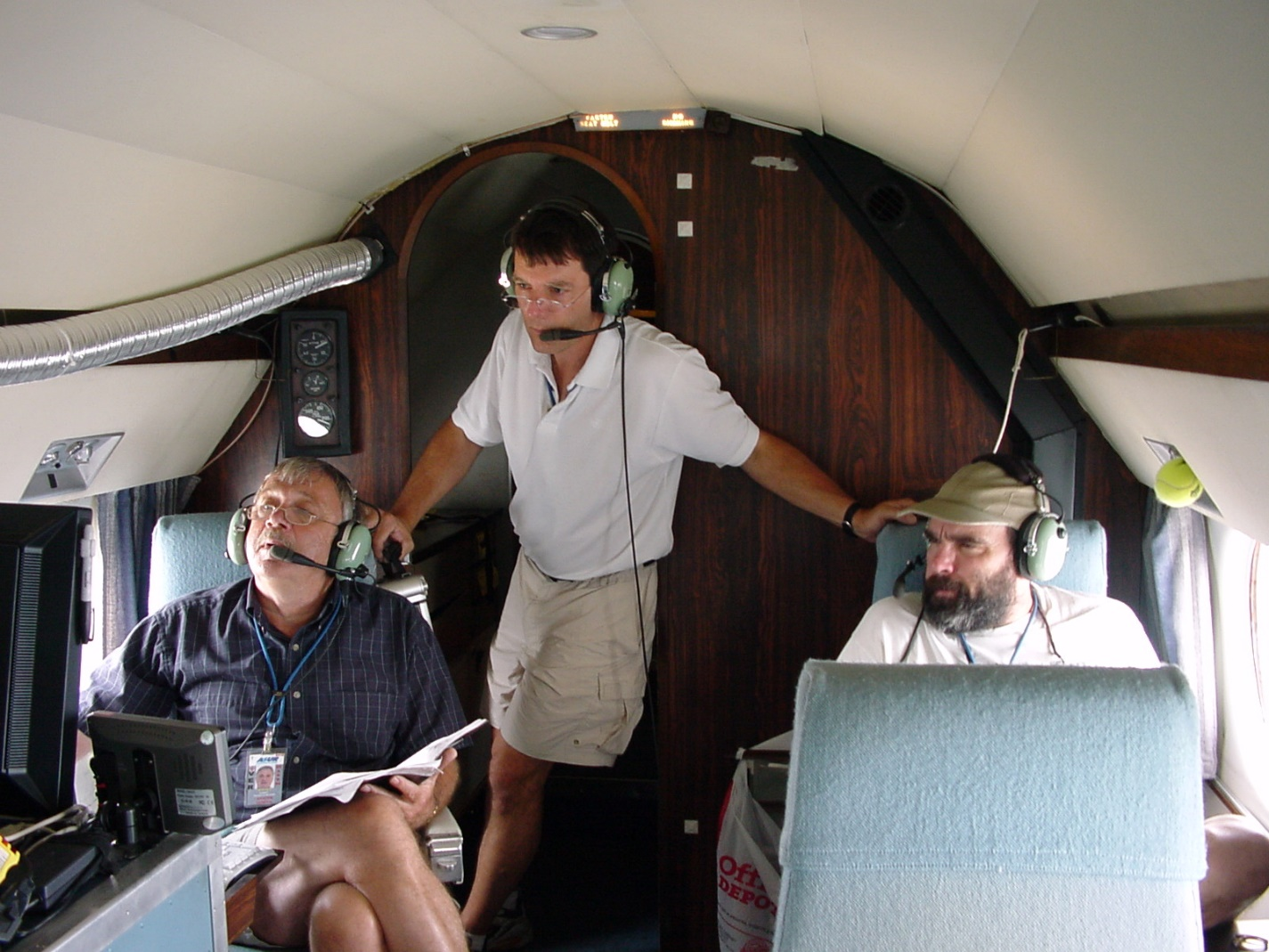
For decades, this chemist has grappled with consequential tiny particles in the atmosphere
Stephen R. Springston, an atmospheric scientist at Brookhaven National Laboratory (BNL) in New York, wants you to love aerosols.
As he does.
“Aerosols affect the climate in a variety of complex ways that we are still trying to understand and model,” says Springston.
A chemist by training, he is part of an aerosol measurement working group supporting the climate-processes mission of the Atmospheric System Research (ASR) program at the U.S. Department of Energy (DOE).
ASR has working groups in four priority research areas, including one on aerosol processes and others that focus on processes in the warm boundary layer, convection, and in high latitudes.
Aerosols are tiny particles suspended in the air as either a liquid or solid. They influence how solar radiation is scattered and absorbed. They are also needed to form clouds.
Aerosols are remarkably tiny, ranging in width from a few nanometers to a micrometer. Yet they play a gargantuan role in determining Earth’s climate.
The Aerosols Family
Along with the community of atmospheric scientists he calls “a family,” Springston is trying to take data from the world of observations to the world of models in ways that are needed to predict pictures of future climate states.
“Aerosols affect the climate in a variety of complex ways that we are still trying to understand and model.”
Much of that data comes from the DOE’s Atmospheric Radiation Measurement (ARM) user facility, which operates fixed and portable observatories in climate-critical regions throughout the world.
Within ARM is the Aerosol Measurement Science Group, which Springston joined in 2015 because of his decade-long role as ARM’s “mentor”―designated expert and manager―for the facility’s Aerosol Observing Systems (AOS).
He started at BNL on May 30, 1986, on the cusp of a golden age of earth systems measurement, signaled in part by the founding of ARM.
That historical perspective is provided by a December 2019 paper that outlined the evolution of ARM AOS from 1996 to the present. Springston was the senior author.
Going Big with ARM
By 2008, DOE funding opportunities made it possible to expand the aerosol measurement capacity at ARM and elsewhere. About that time, BNL was charged with designing and instrumenting AOS packages that could be contained in ARM’s growing portfolio of mobile observatories.
“We understand (aerosols) and their processes empirically. But being able to model them on a global scale is so challenging.”
Springston―handy, eager, and fine-tuned to aerosol science―leaped in.
“That’s when I started really big with ARM,” he says.
New-generation AOS built at BNL set instruments on shock-mounted racks and are pre-wired and plumbed for ease of transportation and set-up.
About 10 years ago, ARM entered an era of enhanced aerosols-measurement hardware, including gear for mass spectrometry, particle size distribution, a wider palette of trace gases, and hygroscopicity―the way aerosols take up water that changes their mass, fall rate, and light-scattering properties.
“We measure a number of phenomena that are directly related to atmospheric models,” says Springston. “We’re trying to get a fundamental, process-level understanding of what goes into the atmosphere.”
That’s a spot-on iteration of ASR’s broad mission, with aerosols as a stand-in for all the atmospheric processes that need more study at a process level.
ARM-ASR Aerosol Partnership

The ARM-ASR partnership in aerosol measurements was outlined in June 2019 by Springston and others at a joint meeting of principal investigators in Maryland. They touched on a long list of issues, including the need to ensure relevant suites of instruments, to review aerosol-related proposals for ASR funding, and to implement a strategic plan for aerosol measurements broadly.
Taking aerosol measurements is an immensely complex task, says Springston, and modeling aerosols is even harder.
For one, every drop in a cloud has an aerosol particle at its center. Those particles have multiple origins, grow and age through different phases, and differ in brightness, mass, weight, shape, fall rate, and lifespans. In the end, each particle is as different as snowflakes are.
“The computers can’t handle that,” says Springston. “We understand these particles and their processes empirically. But being able to model them on a global scale is so challenging.”
Matters of Scale
In person, Springston imparts a few impressions. Rangy. Tall. Glasses. Shiny dome. (“I had hair once,” he points out.) Loves fieldwork―exciting because of the data, he says, and for the chance to be a science ambassador, sometimes abroad.
At conferences, Springston is always first with a question, delivered in his signature deep and slow voice. He loves chemistry and atmospheric instruments mounted in and on airplanes. At home, he has two dogs that yap.
His wife, Beth Springston, teaches fifth grade. “That gives her a unique perspective on dealing with her husband,” says the father of four daughters. “I never grew up.”

Springston got his start as a chemistry graduate student fascinated with measuring quantities at the nanogram level.
His dissertation at Indiana University (PhD 1984) explored a new form of capillary supercritical fluid chromatography.
Broadly, chromatography is a longtime laboratory technique used to separate the chemical constituents of a liquid or gas.
His advisor was chemist Milos Novotny, whose work led to discovering the first mammalian pheromones.
During his doctoral research, Springston grappled with what he calls a “fourth state of matter” beyond solids, gases, and liquids. It involved designing, making, and testing a Slinky-like capillary system 100 meters (328 feet) long.
Made of tubes the width of a human hair, the system was subjected to high pressures in the range of 100 atmospheres. (The mean sea-level pressure on Earth is 1 atmosphere.)
“We made almost all of our instruments,” he says of those graduate student years, which renewed a fascination with directed tinkering―the “puzzles and problems” that Springston remembers from his boyhood. (For a time, his father was a shop teacher, and brought home a hands-on attitude.)
Early Glimpses of College Life
Born near Washington, D.C, Springston started elementary school in Stillwater, Oklahoma, where his father, William, was a graduate student at Oklahoma State University.
He did most of his growing up in rural Harrisonburg, Virginia, the home of James Madison University. He knew professors from church, through his parents (both were schoolteachers), and eventually just by hanging out on campus, where he would slip into lectures as a middle schooler.
In 1975, Springston signed on as a chemistry major at Virginia Polytechnic Institute and State University (B.S., chemistry, 1978). College was the beginning of what he called a career-long streak of luck in finding mentors.
In Springston’s freshman year in college, Professor Luther K. Brice, Jr. gave him and a few others free run of the chemistry lab for two years of independent study. (In high school, Springston took two years of college-level chemistry.)
Then there was Novotny at Indiana, whose tutelage lead to Springston’s first patent. He has four now, including one from 2007 on a device for measuring chemicals that play a major role in forming ground-level ozone, a component of photochemical smog.
When Springston joined BNL in 1986, he found another mentor: aerosols veteran Peter H. Daum (now a scientist emeritus), who was then in charge of the laboratory’s since-discontinued research aircraft program.
“I was very lucky. The right people were there at the right time,” he says of his professional mentors. “I’ve tried to give some of that back, but I don’t think I’ll ever get the balance sheet positive.”

‘Being There’
Springston arrived at BNL following a two-year stint as a postdoctoral researcher at the University of Utah.
He soon took his first research flight and now has 500 to 1,000 hours in the air. Each one of those hours, he estimates, required three hours of prep and after-action work.
In the last decades, Springston has racked up a lot of travel time on ARM field campaigns. Doing fieldwork is an activity he recommends to any scientist studying the processes that go into weather and climate, even a modeler.
“Being there, and watching the flickering lights and hearing the whirs (of the instruments),” says Springston. “You get insights … that you just can’t glean from someone else’s notes.”
Springston is a veteran of ARM field campaigns in Alaska, Oklahoma, the Azores, South America, and Mexico. (Mexico City was the site of MILAGRO, the Megacity Initiative: Local and Global Research Observations field campaign, in which ARM had a part.)
In 2018, he helped set up the main observatory for an ARM field campaign in Argentina called Cloud, Aerosol, and Complex Terrain Interactions (CACTI). Its mission was to observe how large thunderstorms are born, grow, and evolve.
The kind of intense effort that fieldwork requires builds a community, he says. “Everybody shares. There are no secret projects.”
# # #This work was supported by the U.S. Department of Energy’s Office of Science, through the Biological and Environmental Research program as part of the Atmospheric System Research program.

